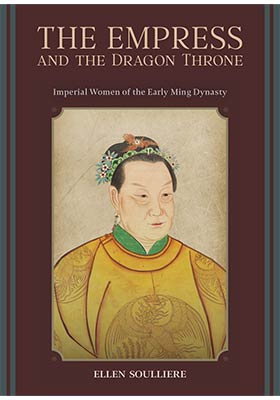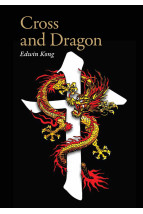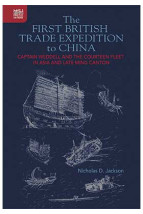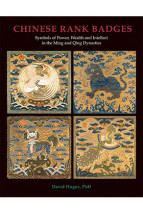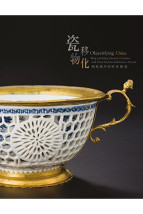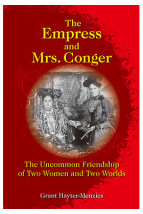The Empress and the Dragon Throne
Imperial Women of the Early Ming Dynasty
(皇后與龍座:明初皇室家族女性的故事)
ISBN : 978-988-8900-78-7
November 2025
324 pages, 6″ x 9″, 45 color illus. and 12 tables
- HK$420.00
Leave your email so we can notify you when the book is available.
The rulers of the Ming dynasty enacted paradigms of hierarchical order. Like imperial families, households, and courts in earlier Chinese dynasties, they articulated patriarchal, patrilineal, and patrilocal organizational principles as exemplars for families and institutions throughout the empire. Women made indispensable contributions to the development of these paradigms and principles and to the social, cultural, and political fabric of the family and the state. And yet, in the existing literature in Chinese and English women are often burdened with stereotypes, positioned as peripheral, or rendered almost invisible.
Reading available texts “against the grain,” and drawing on a trove of evidence from material culture, Soulliere shows how women defined a place for themselves in the multigenerational Ming imperial family, imperial household, and court. The Empress and the Dragon Throne spans the first Ming century from just before the founding of the dynasty in 1368 to the end of the Tianshun reign in 1465. This richly illustrated volume is a must-read for scholars, students, and anyone interested in learning about women’s lives during the Ming dynasty.
“Ellen Soulliere’s long-awaited study sheds new light on the history of imperial women in the early Ming dynasty, illuminating their social origins, life trajectories, and opportunities for influence. Drawing on a wide and varied range of sources, the book is an important contribution to both Ming dynastic and women’s history.”
—Nadine Amsler, University of Basel
“Drawing on both textual and material records, this book offers the most comprehensive study to date of the lives and roles of imperial women in the early Ming dynasty. Highly readable and filled with fascinating detail, it is a significant and welcome contribution to Ming studies and the field of women in dynastic histories.”
—Yu-ping Luk, British Museum

